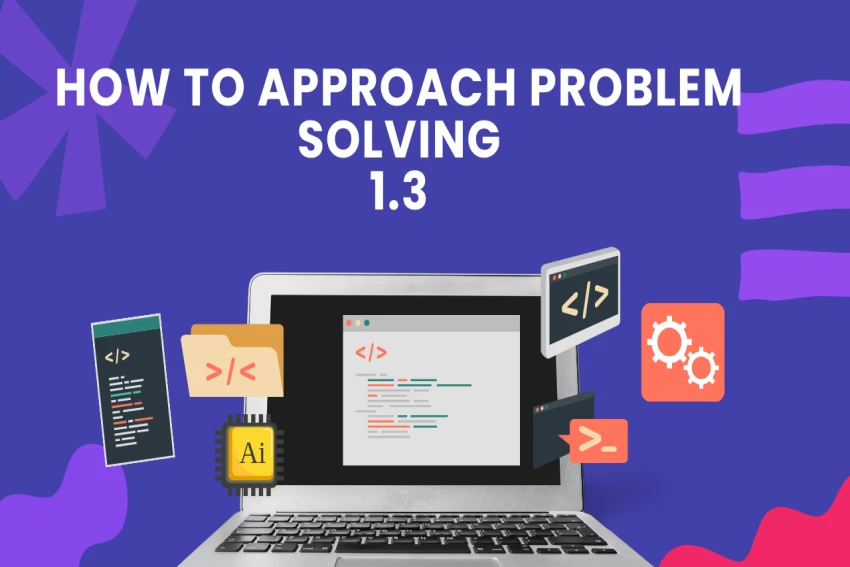
One of the most valuable skills every developer must master is problem solving. Programming is not just about writing code—it’s about understanding the problem, breaking it down, and designing an efficient solution. Many beginners jump straight into coding and get stuck because they don’t follow a proper approach.
In this article, let’s explore how to approach problem solving step by step, with a few interactive exercises to keep you engaged.
Before jumping into code, ask yourself:
What exactly is the problem asking?
What are the inputs and expected outputs?
Are there any constraints or edge cases?
👉 Mini Challenge:
If a problem asks you to “find the maximum number in a list,” what should you identify first?
Input: A list of numbers.
Output: The largest number.
Edge Cases: What if the list is empty? What if it contains negative numbers?
Don’t try to solve everything at once. Divide the problem into smaller parts.
Example: If you’re asked to “check if a string is a palindrome,” break it down into steps:
Take the input string.
Reverse the string.
Compare it with the original string.
Return true if they match, else false.
👉 Try it Yourself: Can you think of another way to solve the palindrome problem without reversing the string? (Hint: Compare characters from both ends moving towards the center).
The right data structure makes your solution simpler and faster.
Need to store items in order? → Use an Array/List.
Need fast lookups? → Use a Hash Table (Dictionary/Map).
Need hierarchical data? → Use a Tree.
Need relationships between entities? → Use a Graph.
👉 Quick Question: If you want to implement an "Undo" feature in an editor, which data structure would you use?
(Answer: Stack, because it works on LIFO principle).
Now, write down the steps (pseudocode or flowchart) before actual coding. This helps visualize the solution.
Example: Finding the Maximum Number in a List
Step 1: Set max = first element of the list
Step 2: For each element in the list: If element > max, update max
Step 3: Return max
👉 Notice how simple it looks without worrying about syntax!
Ask yourself:
How fast will my solution run as input grows?
How much memory will it use?
Example:
Linear Search → O(n) time
Binary Search → O(log n) time
By analyzing complexity, you ensure your code will work efficiently even on large datasets.
Finally, write the actual code in your programming language. Start with small test cases, then move to bigger ones.
👉 Example Problem: Find if a number is prime.
Test Case 1: Input = 2 → Output = Prime
Test Case 2: Input = 9 → Output = Not Prime
Test Case 3: Input = 17 → Output = Prime
Testing with different cases helps catch edge cases early.
Once your solution works, ask yourself:
Can I make it faster?
Can I reduce memory usage?
Is my code clean and readable?
Great developers don’t just solve problems—they solve them efficiently and elegantly.
Approaching problem solving is like a journey:
Understand the problem.
Break it down.
Choose the right data structure.
Design the algorithm.
Analyze complexity.
Code and test.
Optimize and refine.
👉 The more problems you solve, the better you’ll get at recognizing patterns and applying the right strategies.
Remember: Problem solving is not about knowing all the answers—it’s about knowing how to approach and think through the problem systematically.
No comments yet. Be the first to comment.
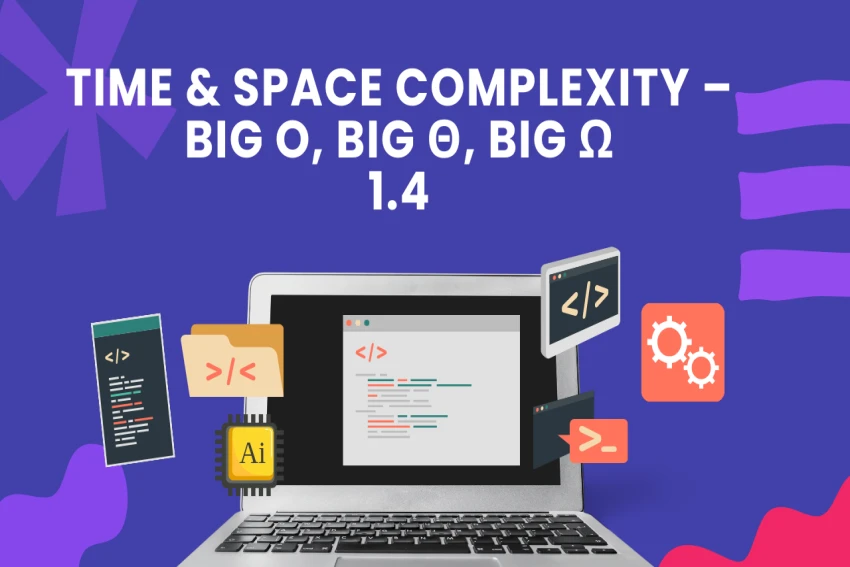
1.4 Time & Space Complexity – Big O, Big Θ, Big Ω When learning Data Struct...
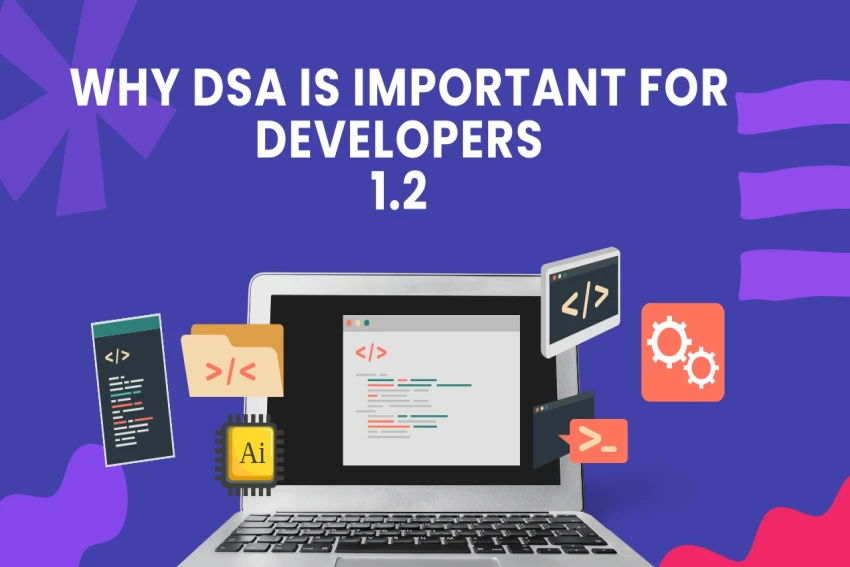
1.2 Why DSA is Important for Developers When it comes to building efficient and scalable software...
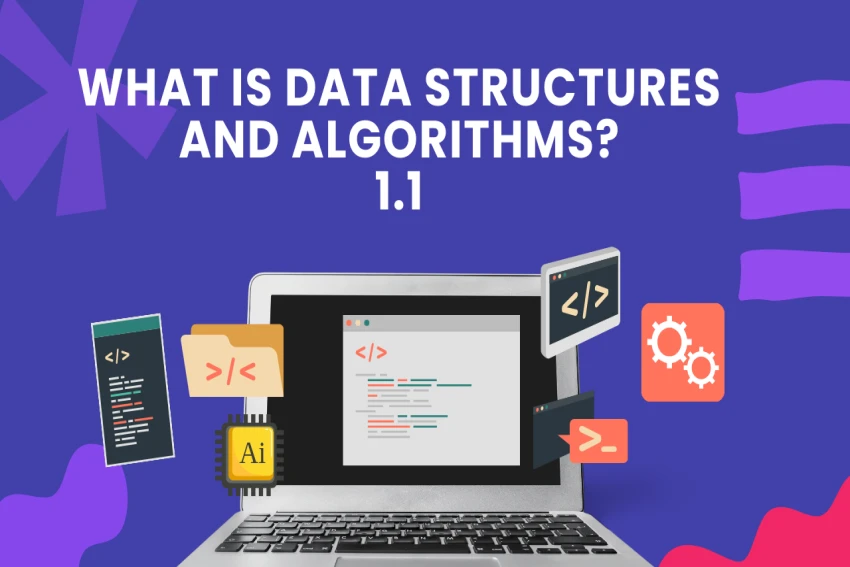
1.1 What is Data Structures and Algorithms? When we talk about computer science and programming,...
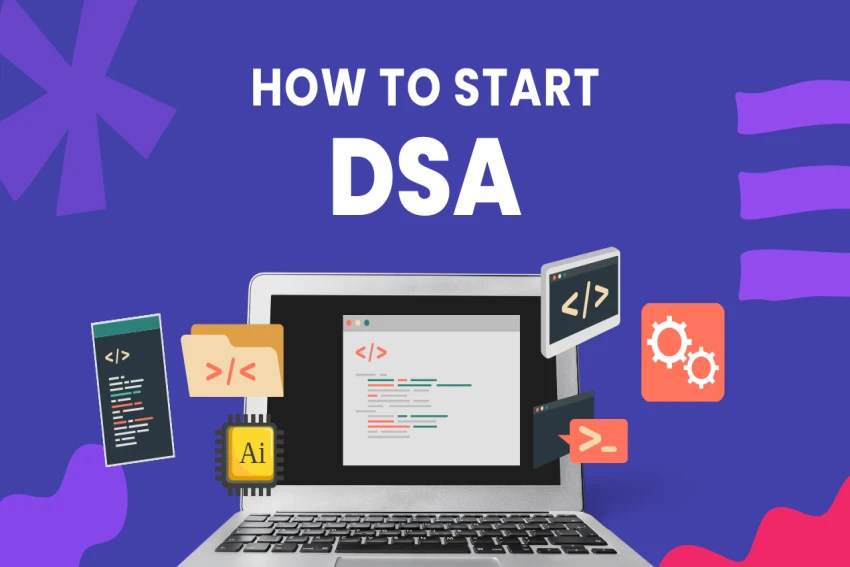
DSA Series – Table of Contents 1. Introduction to DSA 1.1 What is Data Structures and Al...